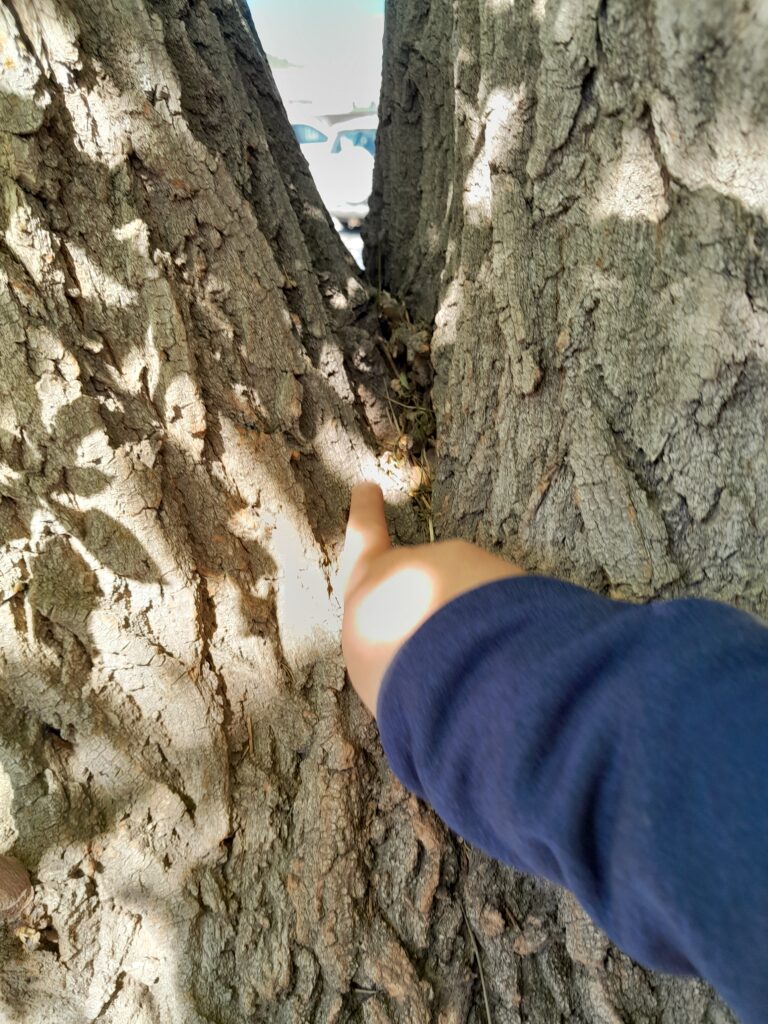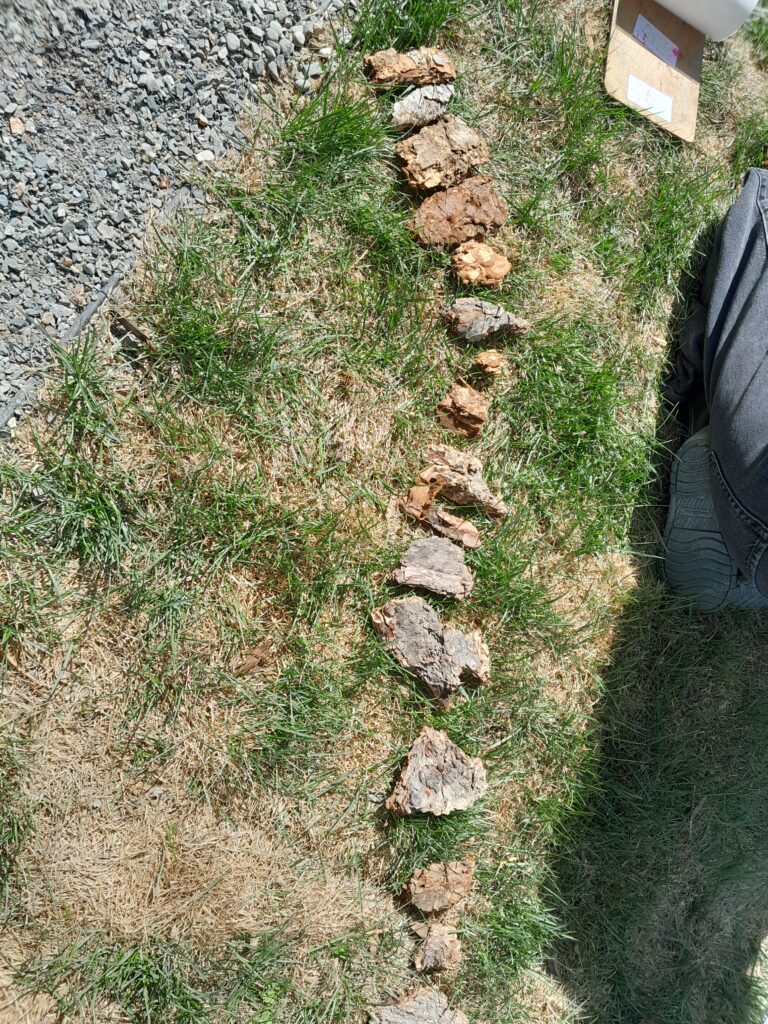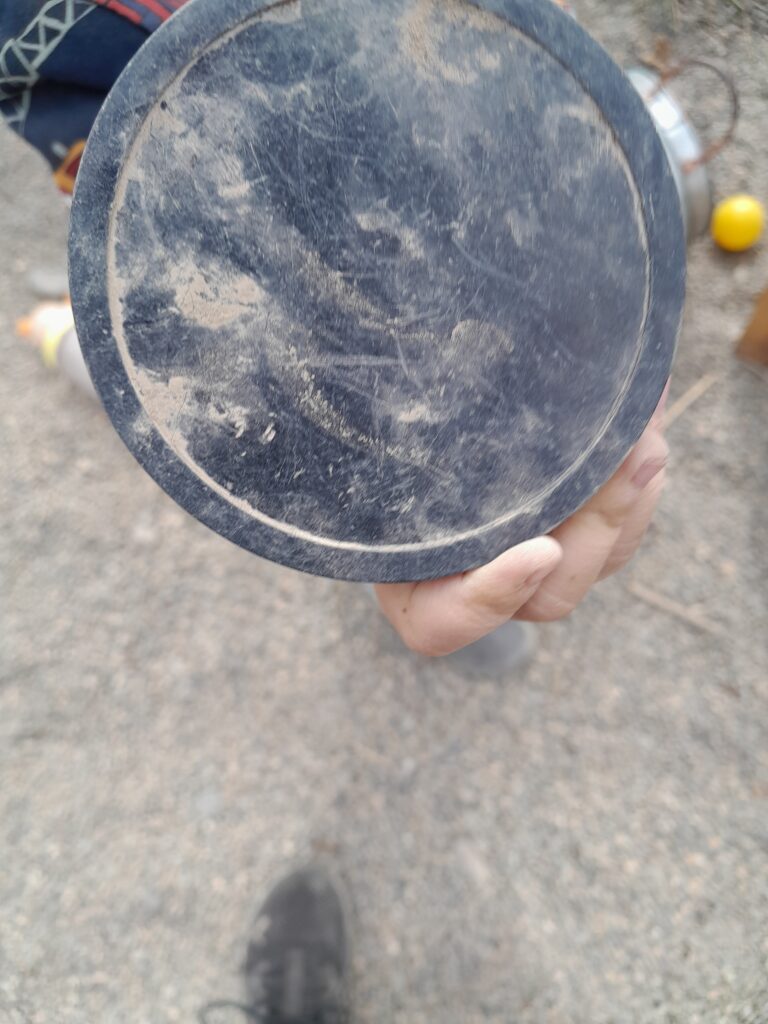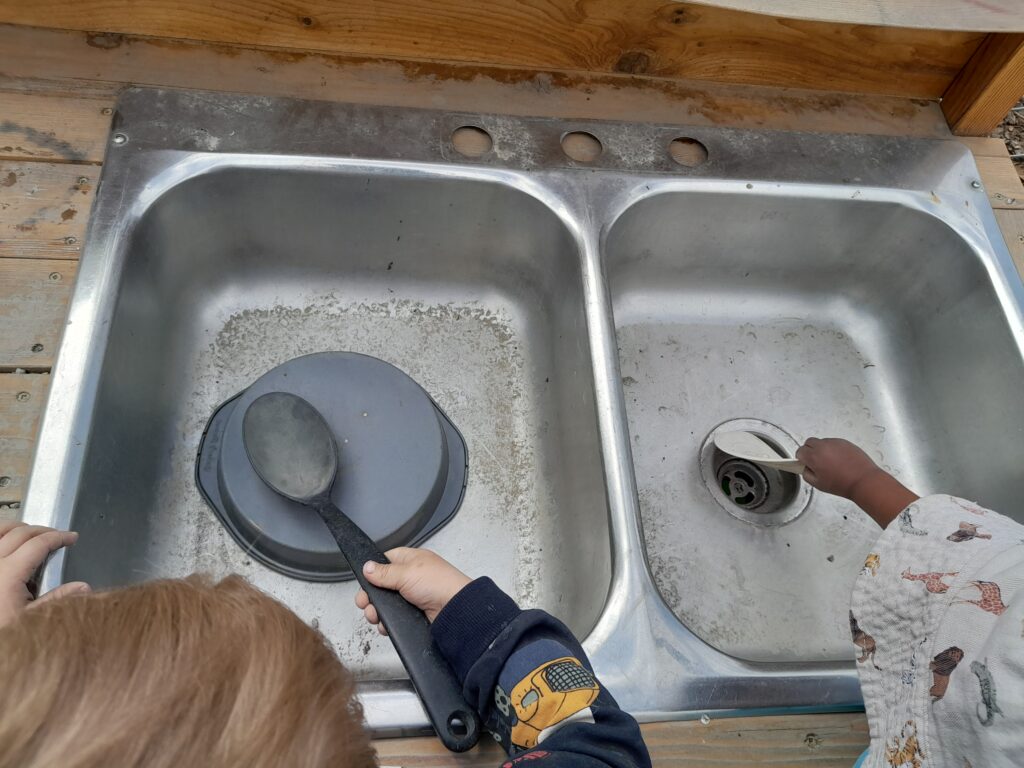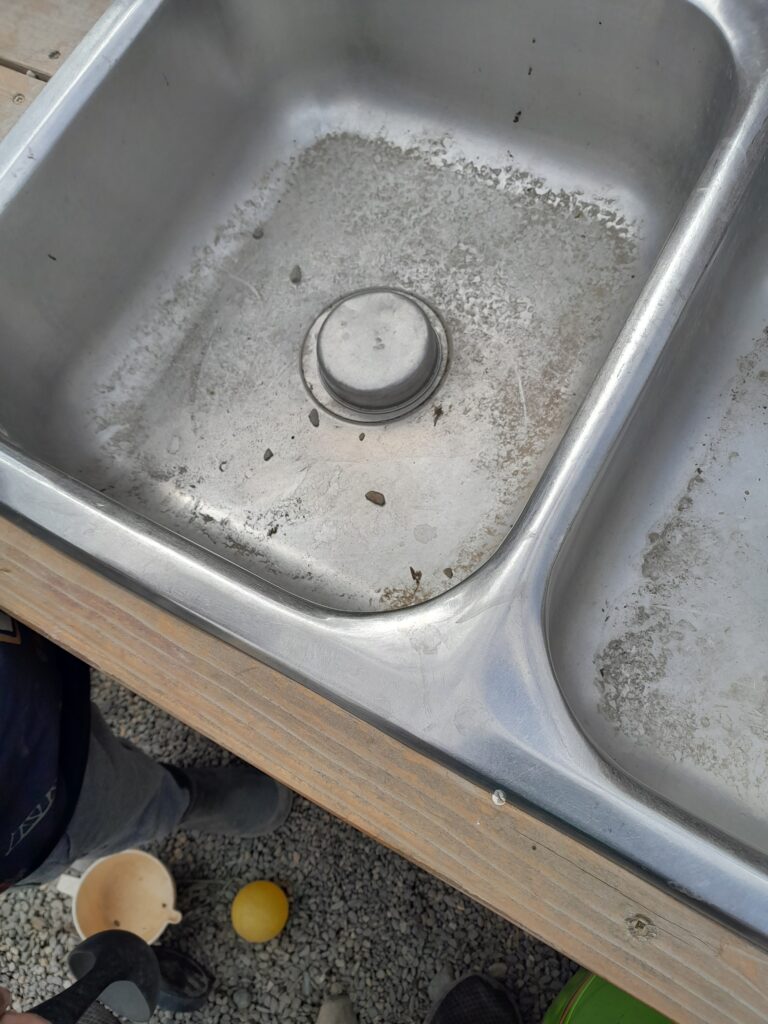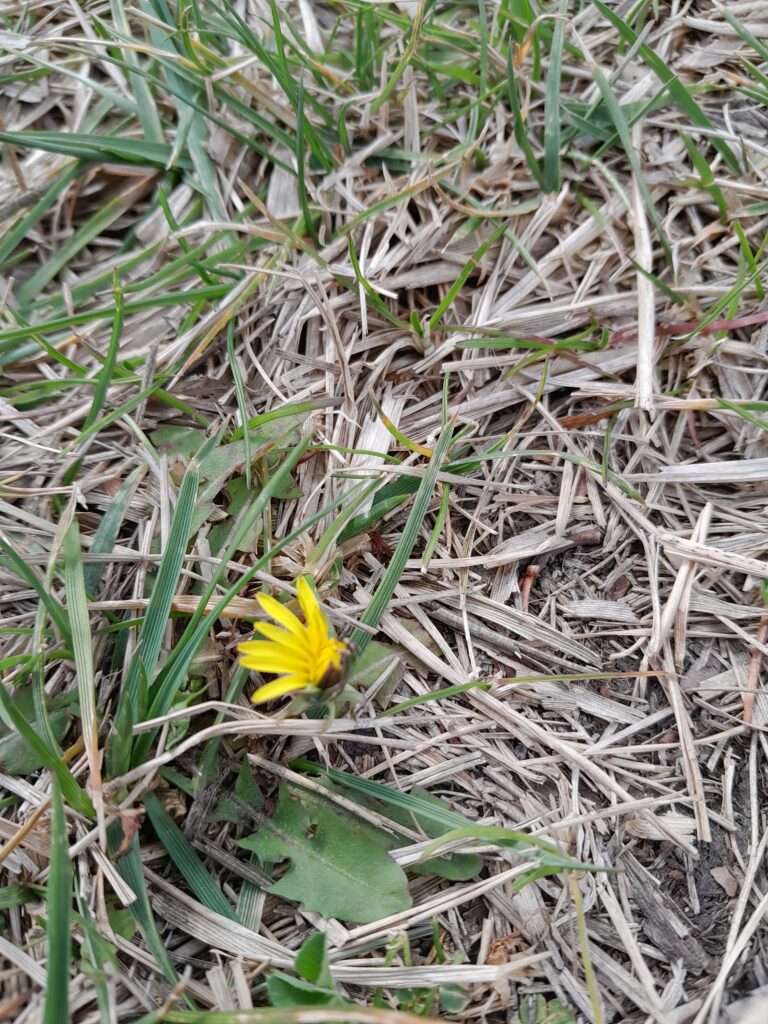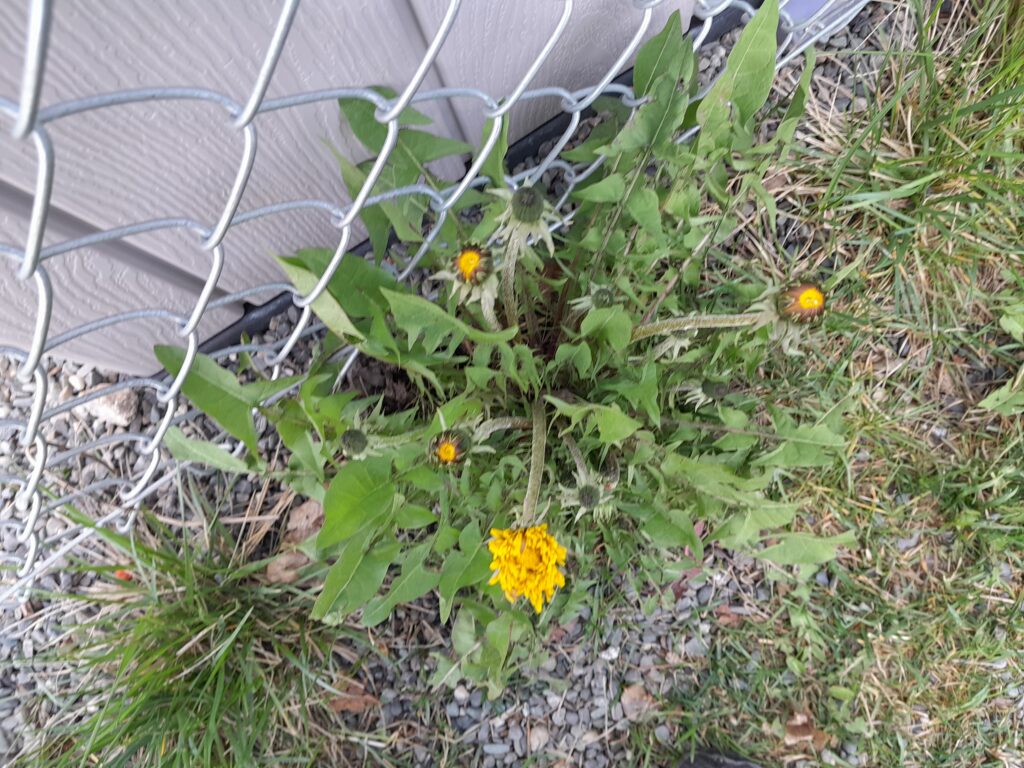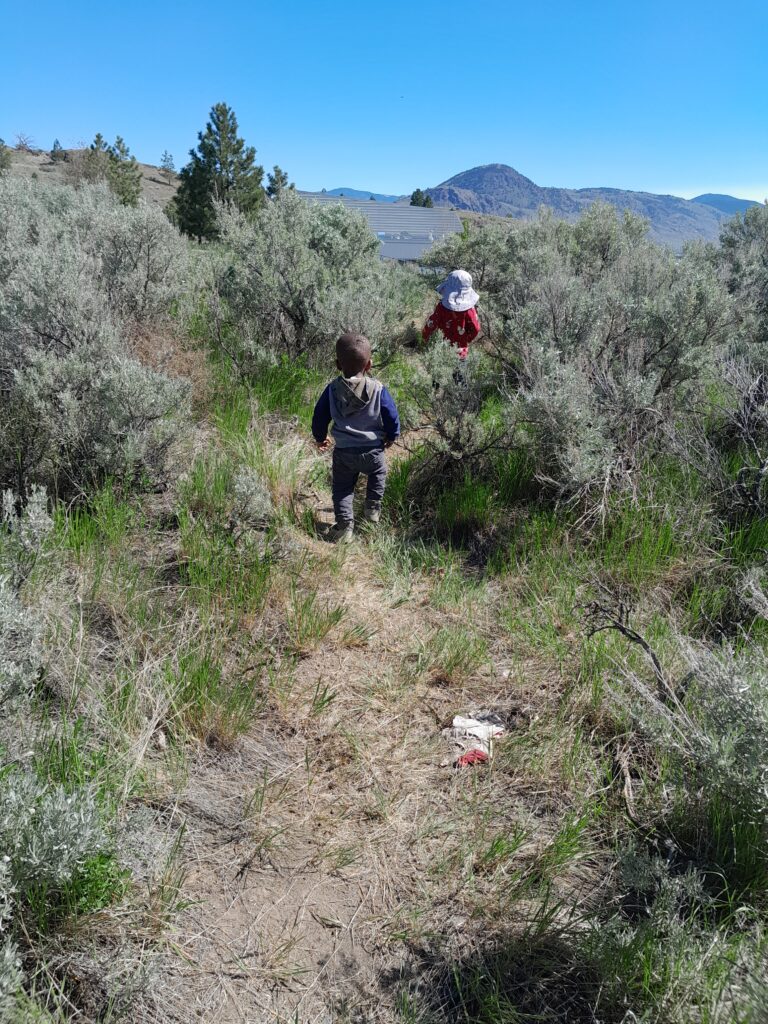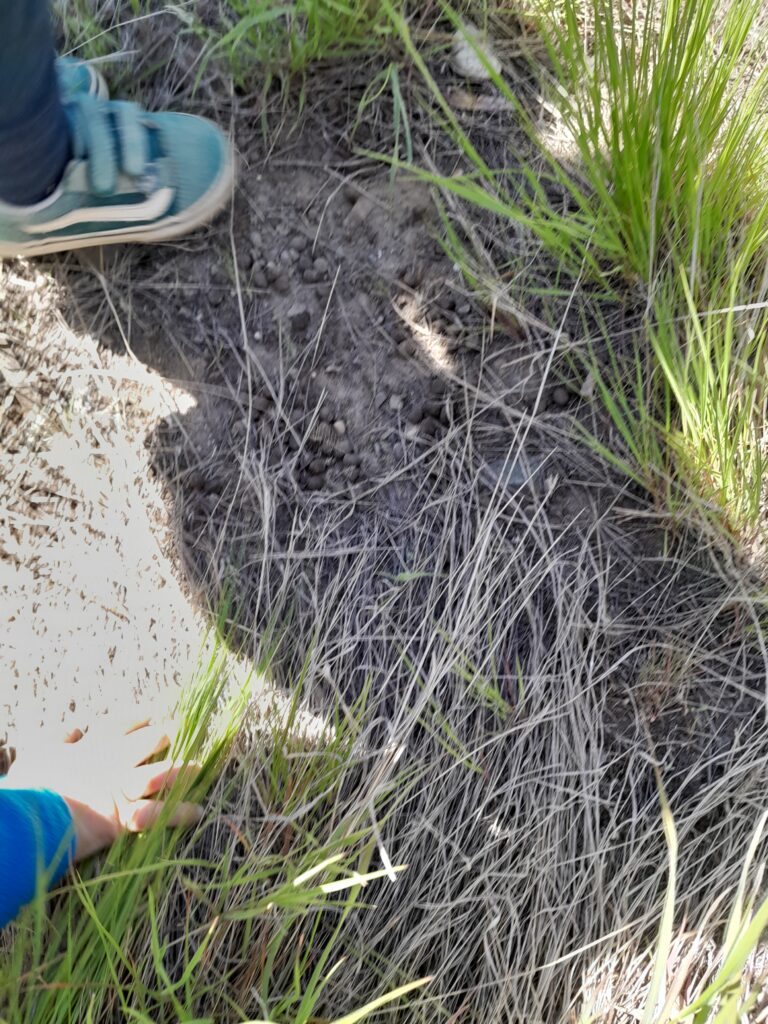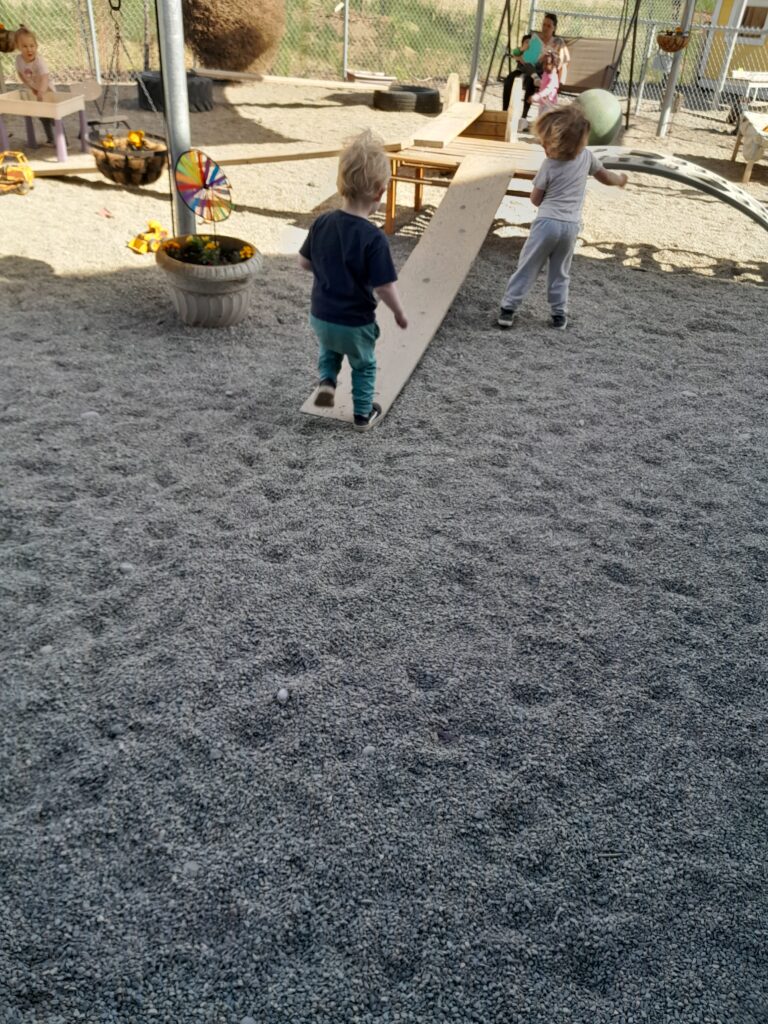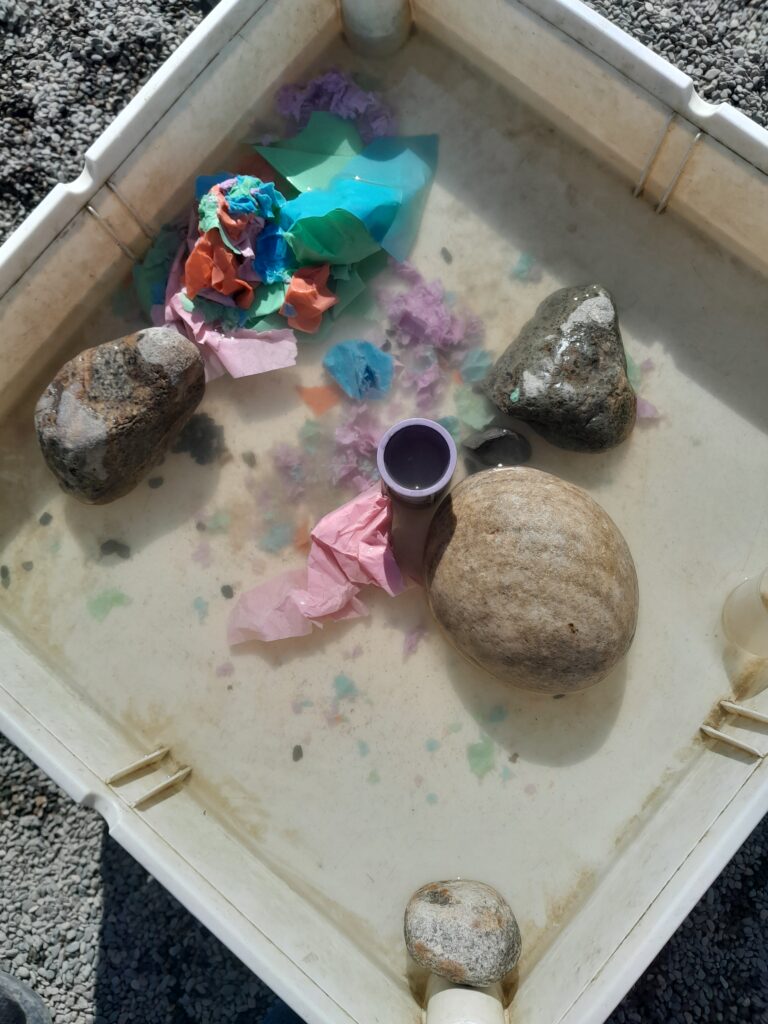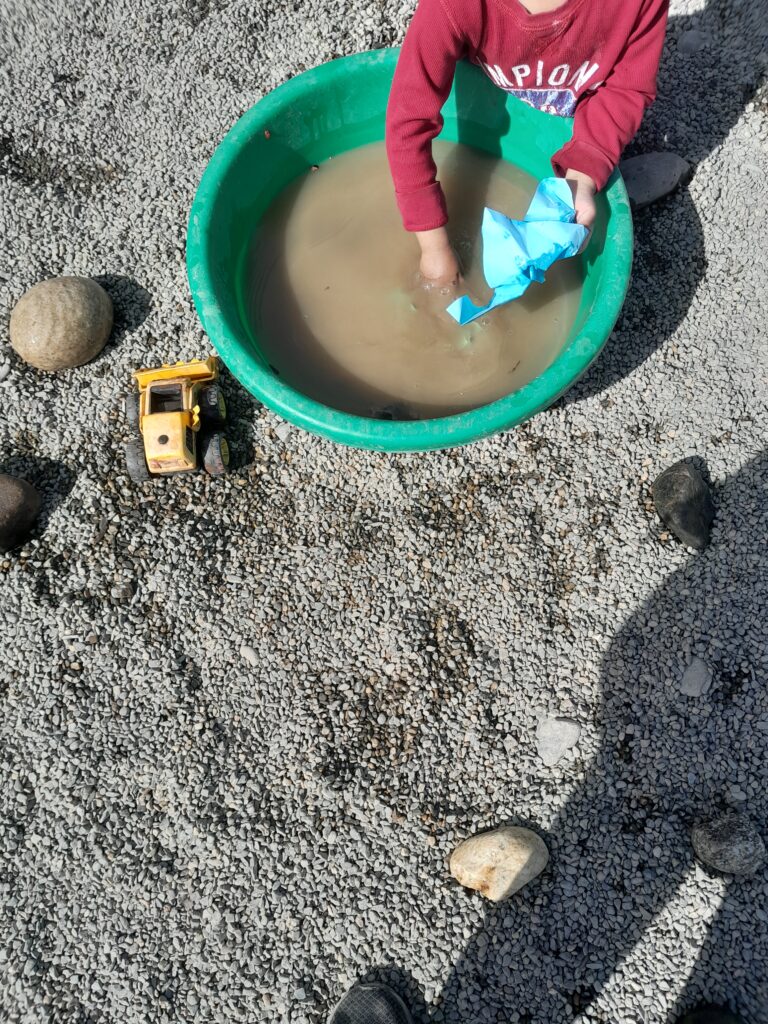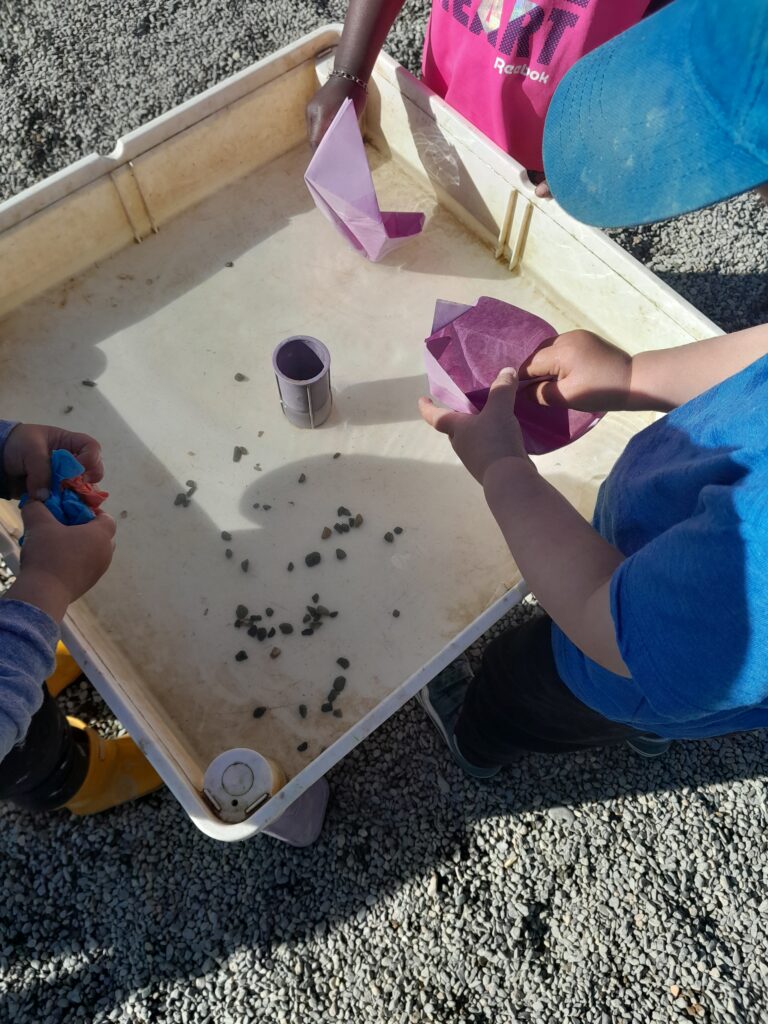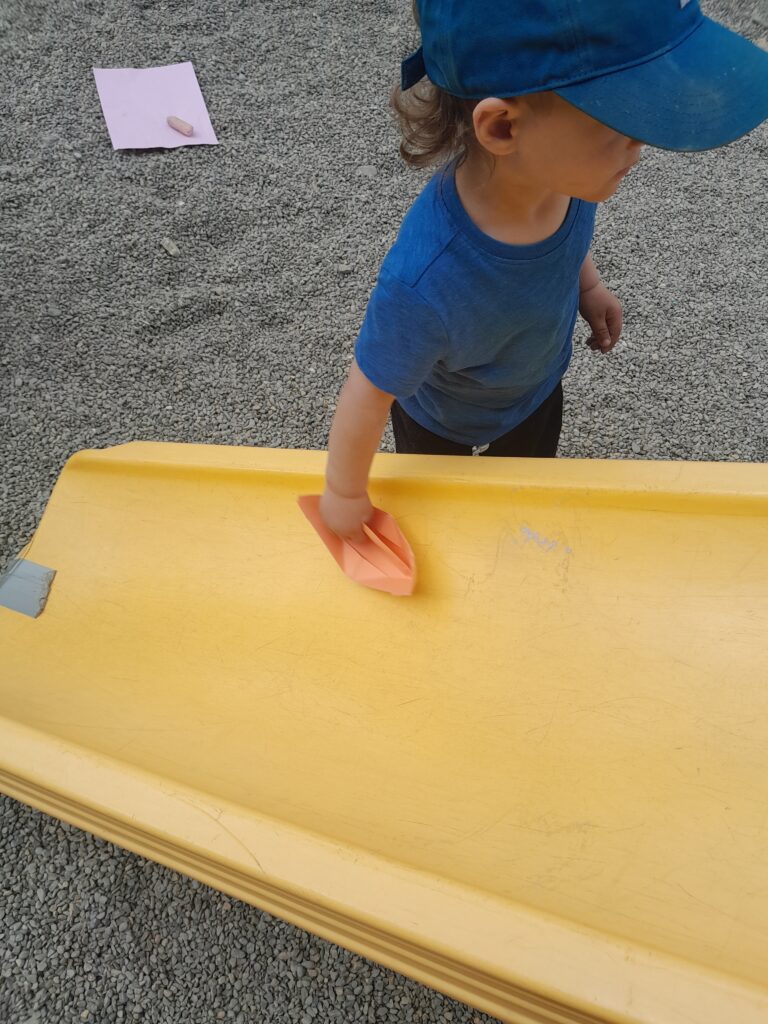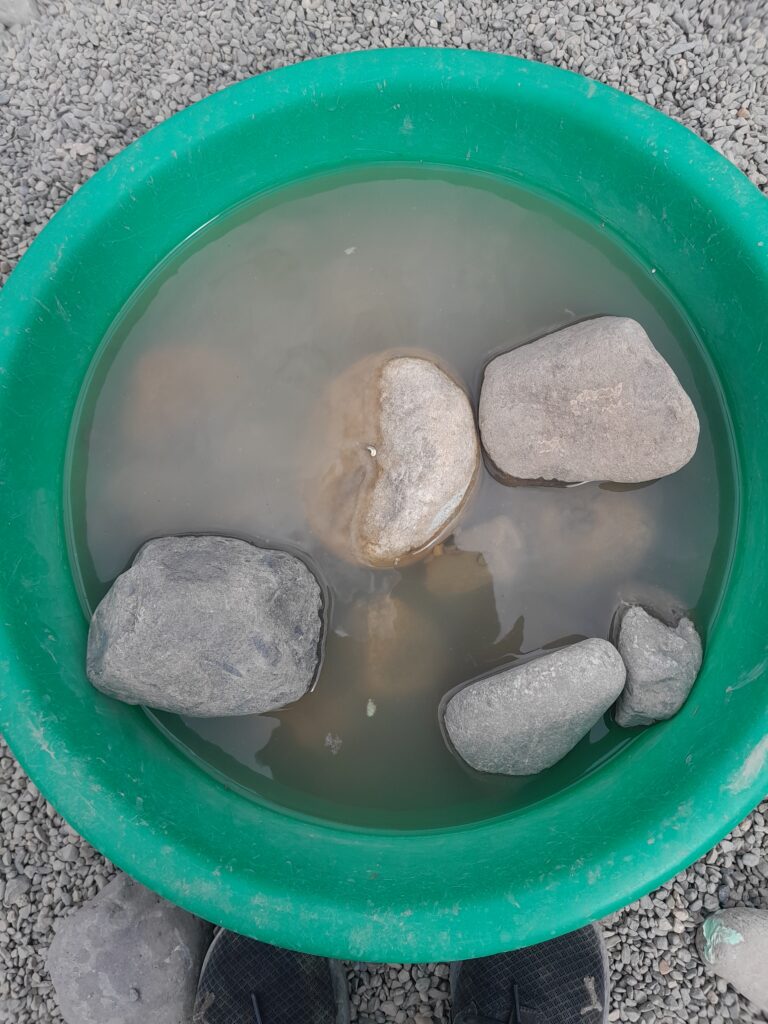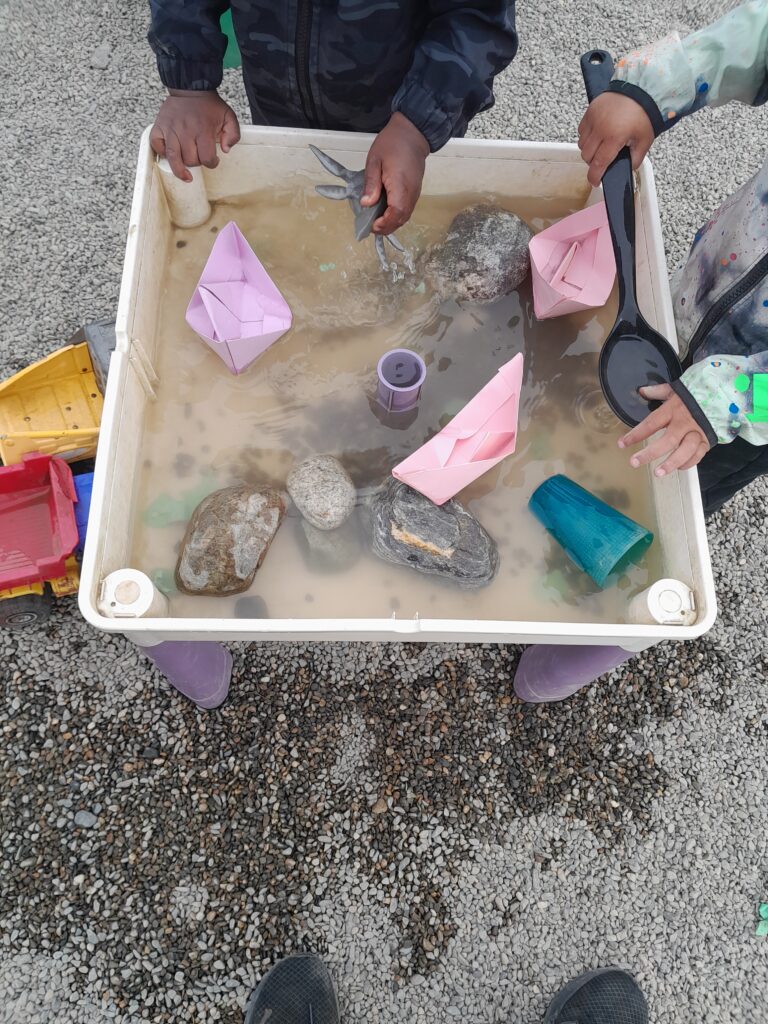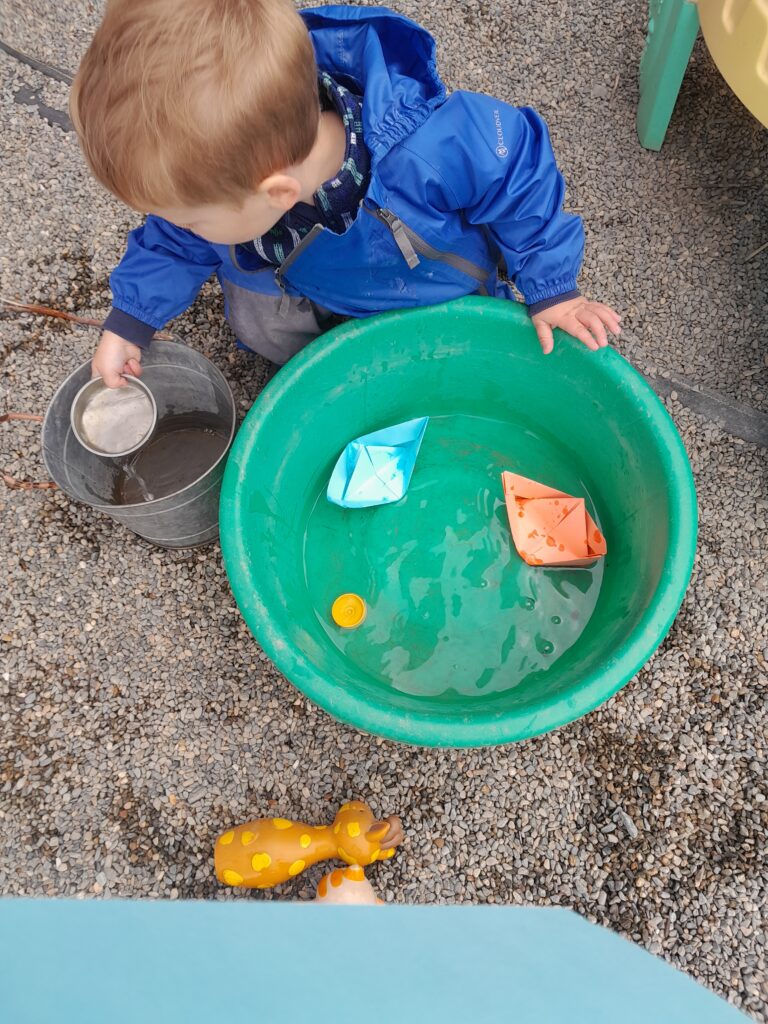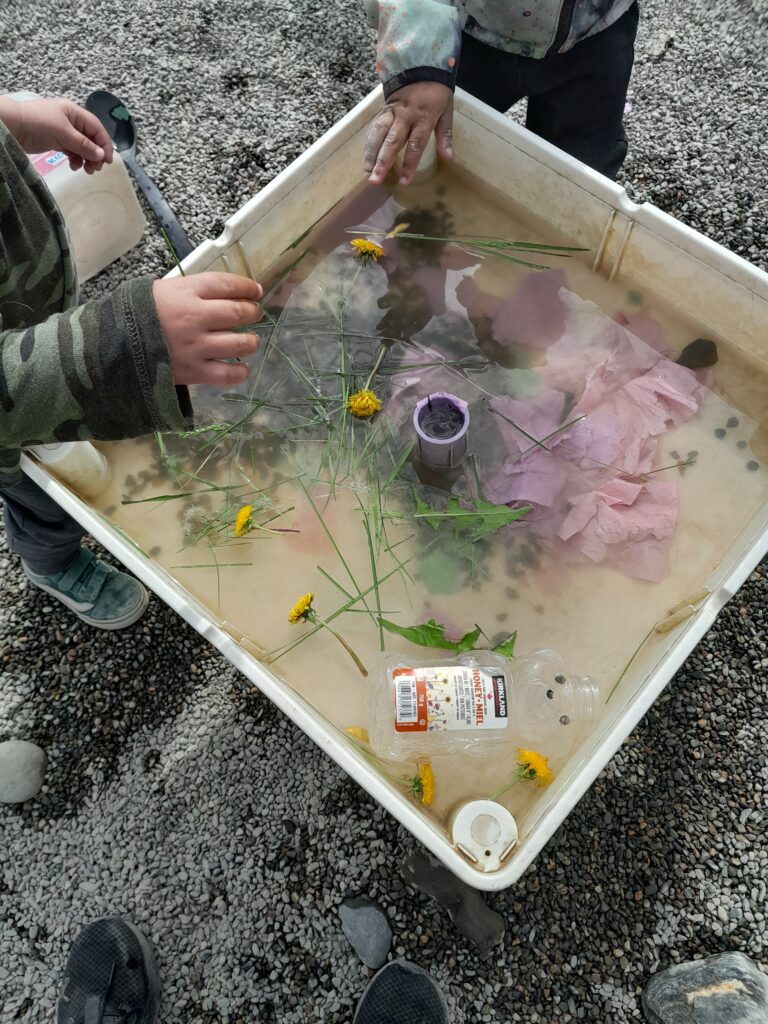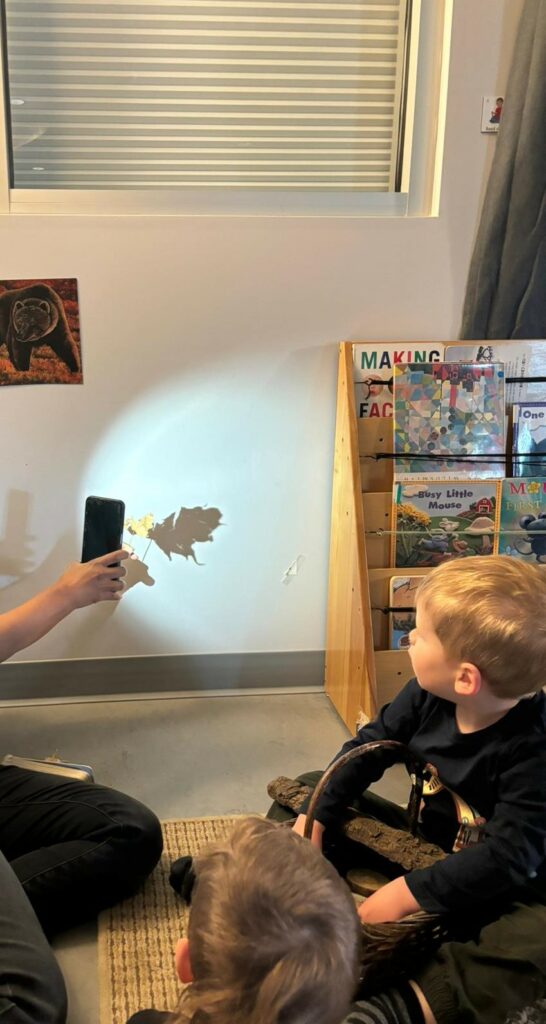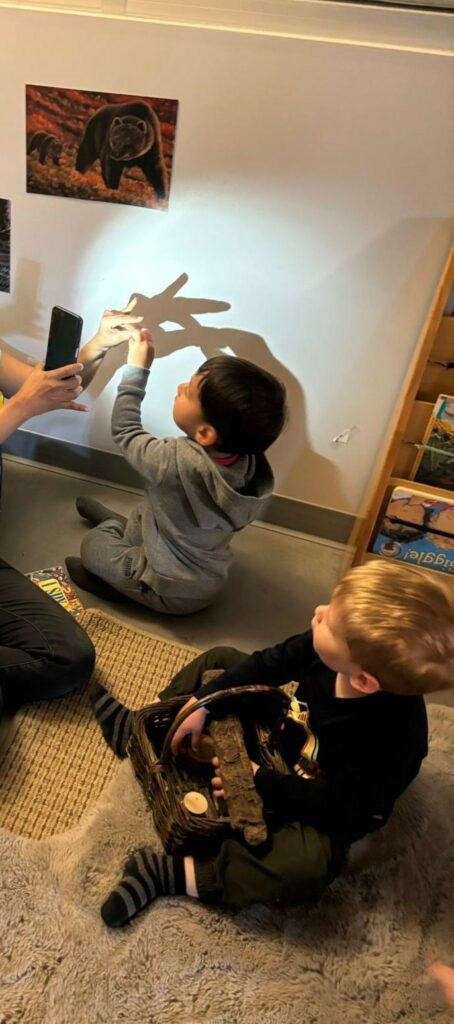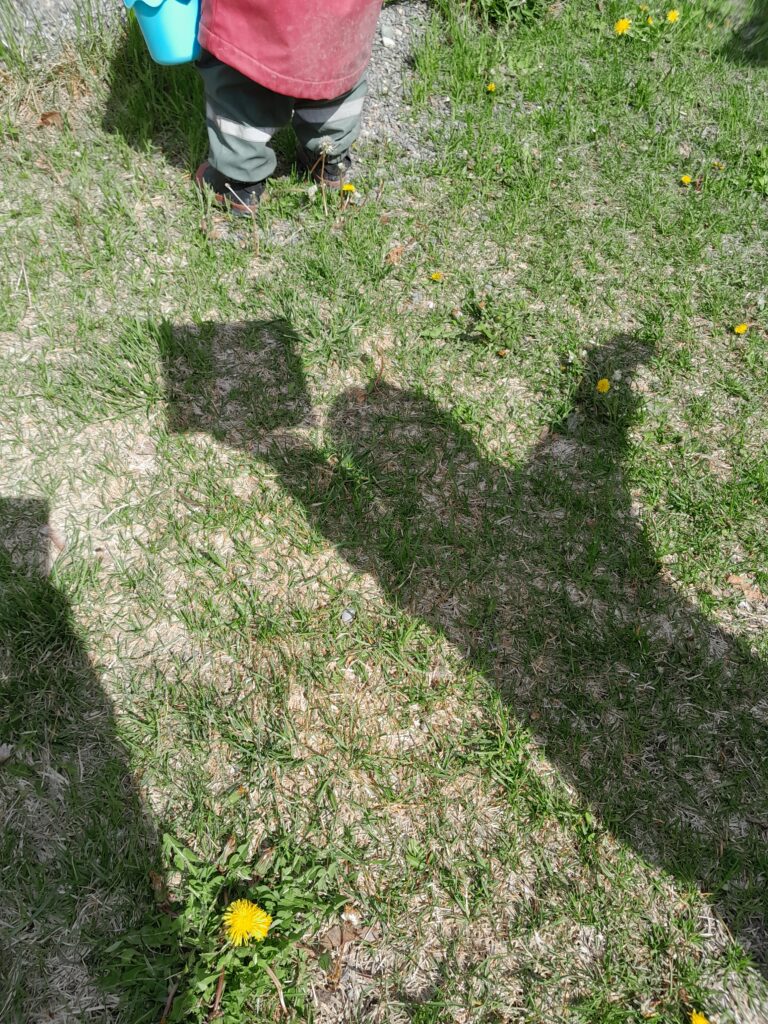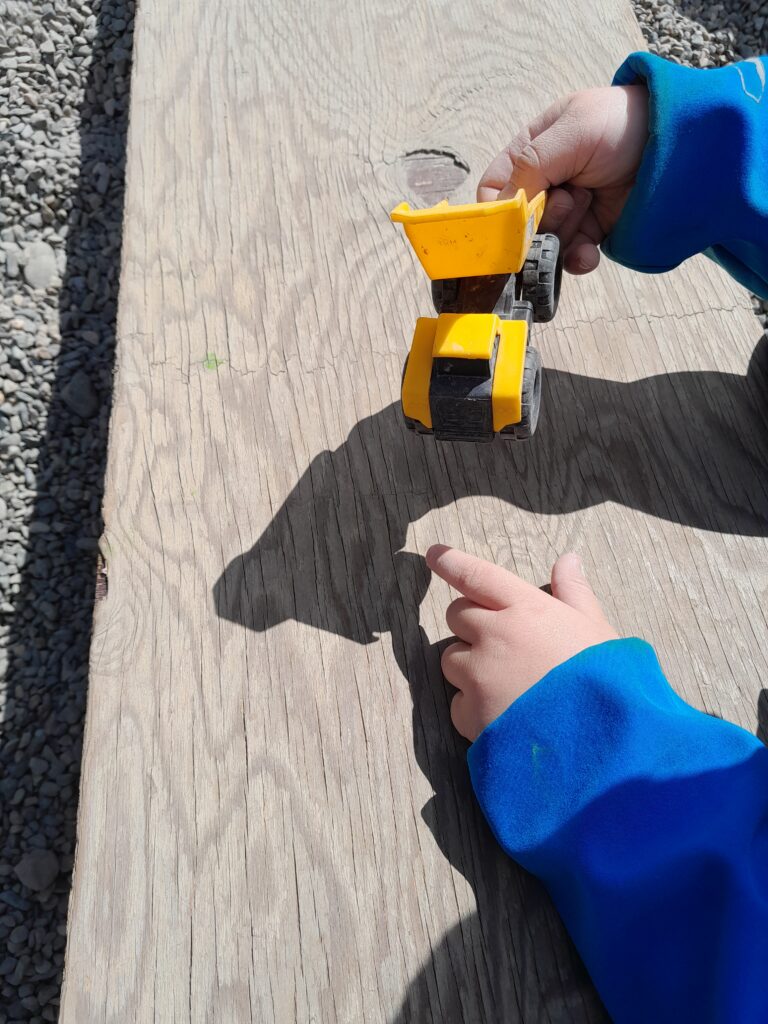April 29th, 2024
The practicum included observation as a required activity. Learning about the Pooppy Room’s calendar and events and had a discussion with Karolyn and Sam regarding the continuation of the practicum and the necessary documentation to be done. Able to observe how the educators collaborate and partner in research with children through various instances like the Choo-choo train activity and the collaborative dialogue over a parked bus across the street. The conditions created by the educator as well as the dialogues, observations, plays, etc. will help the children and as well as the educators to investigate and build theories thus seeking ways to extend their learning.
April 30th, 2024
On the second day of my practicum, I make an effort to assume greater responsibility. I make an effort to play with kids and engage in discussion with them to foster relationships. When I am unsure or confused, I regularly ask other educators around me for advice, and I make sure to heed it as much as I can. When the kids needed help, I offered to change their diapers, wipe their noses, and do other such tasks. Along with discussing how to move forward in the practicum with the mentor educator, I also often solicited her input. We decided to take the kids to Tree in front of the building the following day and observe how things happen and continue with “Tree” pedagogical documentation along with other educators.
May 1st ,2024
Educators are research partners who collaborate with children and families and create conditions so that, the children can invent, build theories, and learn (BC ELF, P-18). As I observed through the practicum, I have seen clear examples of how our educators collaborated with children in building their theories. The conditions created by the educators, the dialogues, observations, listening, etc. will help the children and the educators to investigate and build theories thus seeking ways to extend their learning. Today as we gathered under the “Tree” I can see how the children and educators become collaborators and partners in research.
The BCELF the Living inquiry “Engaging with identities, social responsibility, and diversity” focuses on being aware of and appreciating everything that goes into one’s own well-being constitutes an identity. The capacity to appreciate societal, individual, and cultural diversity from a variety of viewpoints and the ability to consider the interdependence of land, people, and materials. The gathering under the “Tree” helped me to observe how the children build connections with the natural environment.
Today, as we gathered under the “Tree” in front of the building, I could see how they built connections with the non-humans and how the educator collaborated with the children through dialogues, observation, and listening which helped them build their theories. These are some of the dialogues that come up:
As we reached Ava: Its windy
Educator: what do you think lives here?
Weston: A spider
What are you drawing?
Weston: Spider /Leaves
Finn; I saw an insect
Finn: Look! leaves shadow
It’s windy, It has insects in it. One found the shadow of the leaves. They build houses and roofs with the barks of the Trees.
When the educator asks the question what do you think where did this bark come from?
Finn matched it with Tree and said
Finn: It could have fallen from this Tree
Ava: I am building a house
and they were more interested in building houses with the bark and thus they made connections with nature. As a practicum student, I wonder how the children might notice that the bark could have fallen from the Tree and match that with the Tree and how they come up with the idea that building a house may require natural support. I wonder how they connected the Tree bark to the building house for the insects, finding insects, and identifying the shadow of the Tree are some of the connections these young people found.
This visit helps the children and educators build a relationship and connections with nature as well as become partners in research in building their theories.
May 2nd, 2024
We got together beneath the “Tree” once more today with the two children and spent some time under it briefly. Additionally, some collaborative dialogues took place. When we asked them what they noticed about Tree today? Which part of the Tree do you want to touch? How do you feel today? They come up with their answers “Green”, Wood, Warm etc. We can better understand how the children develop relationships with the land and integrate it into their independent learning by spending time each day under the “Tree” and encouraging them to think and act differently.
The other incident that happened that day was that, as part of fostering relationships with the children, I had the chance to spend some time in the garden with Finn after getting back from the ‘Tree’. Two toy kitchen sinks were in the yard at the center; one had misplaced its stopper. We had some cooperative conversations when the child discovered that one washbasin had misplaced its stopper.
Finn: This one doesn’t have
Resmi: Did you find it?
Finn: No
Resmi: Let’s find one for it
Finn: This one could plug here
: This one too
: It’s too big
: This could fit here
: I want something thin
Throughout our conversation, I discovered that he was aware of the shape and type that would work best with the washbasin and that he was rather specific about the kind he wanted—he wanted something round and thin. This makes me think about how capable the children are and reminds me of BCELF principle 1 Children are strong, capable in their uniqueness, and full of potential. All children are born with unique talents and abilities. Each child is considered as a gift and living and growing in reciprocal relationships with people, place, and the environment. This reciprocal relationship with people, materials, and the environment helps children to achieve their full potential. The connections the child creates with home kitchen settings and the toy set make him think in his unique way full of potential and capable.
May 6th, 2024
Dandelions Exploration
Educators are Researchers and Collaborators (BCELF principle 3). Educators partner in research along with children and families they are also collaborators who create conditions so that children can invent, build theories, and learn (BC ELF, P-18). In addition, educators encourage children’s curiosity, which enables them to enhance their learning. Educators constantly watch, listen, and experiment while remaining receptive to diversity and various perspectives.
As a part of the practicum, we explored dandelions in the yard. I observed one of the children in the room exploring the dandelions in the yard. As I also joined with him in his investigation, I saw that he had some extremely insightful ideas about why certain dandelions were closed and some were open. He found that the closed ones are under the shade and the open ones are under the sunlight. The dandelions that are under the shade have water. One of the dandelions is not full circle, maybe a bug ate it.
These are the conversations of our dandelion exploration.
Finn : This one is closed.
This one too
That one is open.
Resmi : Why do you think it’s closed?
Finn : I don’t know
: It don’t have sun
: it has water
Finn : This is open
: Sun is here
Finn : It is not a full circle
Resmi : Why?
Finn : Maybe a bug ate it
Again as the BCELF principle “ People build connection and reconnection to land, culture, community and place” the dandelion exploration reminds me how the child is connected to nature. My job as a prospective teacher is to support the child in developing a deep relationship with nature that enriches children’s relationship with land and community I thus worked with him as he explored the dandelions, and it also gave me a better understanding of the child’s limitless imagination and sense of adventure.
May 8th, 2024
BC ELF Principle states people build connection and reconnection to land, culture, community, and place. When children establish a connection with their local communities and outside surroundings, they will experience a feeling of belonging. Going for a nature walk or spending time in nature will help us recall that humans coexist with all other creations living and non-living entities. This walk helps the children to grow in harmony with others and helps to understand that humans depend on one another and all other creations. The educators at my practicum site reflect on practices that enhance and strengthen the bonds children have with the environment through a stroll to “Sage Forest” which will stimulate their creativity and imagination.
The children were enthusiastic when we went to the Sage Forest. They said goodbye to the daycare and walked. As we entered the sage forest the educators allowed them to explore the forest. They walked, ran, hop all through the forest and smelled the sage, explored the deer dung, found garbage, and picked the grasses, some felled when they explored. Some try to grab the deer dung, and some stamp on it It seems like a lot of fun to the kids. For them, it was an amazing exploration. This walk reminds me of how children explore the natural world with their imaginations and sense of adventure.
May 9th, 2024
I realized there were differences between the early learning settings in my country and Canada when I began my practicum at one of the early learning centers in Canada. It takes me back to my early years when I attended a kindergarten where I was enrolled between the ages of 3.5 and 4.
I can still clearly recall my kindergarten years when I attended Catholic schools and learned the alphabet, numbers, and action songs. I vividly recall a dance that was performed on stage during my second year of kindergarten. Teachers were in charge of watching over the lunchroom to make sure that no food was wasted, and we were instructed not to waste food. They also taught us the value of sharing meals, and whenever there were conflicts between the children, they would typically try to resolve them by offering some advice and encouraging us to be friends. We have a schedule for our regular days and spend less time outside than playing, especially on nature hikes. Our early learning environments, educational programs, and cultural norms all place a greater emphasis on academics.
In Canada, early learning centers place greater emphasis on the BCELC principles. Focused on letting students learn independently rather than just imparting knowledge; this gives them greater freedom to think independently and generate solutions on their own, which is not the case in our current society. They spend a great deal of time outdoors and value the children’s connection to the land and the community they live in. They also believe that each child is strong and capable in their uniqueness. In comparison to the society I grew up in, the children here seem more self-confident and less reluctant to attend early learning. When a dispute breaks out between children, educators normally let them to work things out on their own, give them time to reflect or have them recount what happened. This lets the kids think for themselves rather than offering them advice.
Overall there is a vast difference in the early learning setting in Canada and other South Asian countries.
May10th 2024
Watching Arlo and Forrest’s play today during practicum got my attention. They were sprinting through the wooden panel that extends to the pot filled with sand, where they placed their faces for a short period, before turning around and repeating the action. I’m still unsure about what they’re looking at or whether they’re truly listening to the pot. This play makes me think of BCELF principle 7, which states that Play is integral to well-being and learning. Children’s learning, development, and sense-making all depend on play. Play can be dynamic, spontaneous, group, unpredictable, experimental, or solo. Engaging with people and other materials in the world allows children to see, feel, touch, and listen, which helps to foster their understanding of the world. Play is a method for exploring and learning about the world.
Karolyn’s Notes May 13th
I am interested to know what you are bringing to the children/program to respond to what you are documenting here. I would l like to see you bring materials/experiences to share with the children that acknowledge and respond to what you are observing. For example you might respond to what you are noticing in terms of the differences between what you experienced as a child and what you are seeing children experiencing in your practicum. If children are active participants in their learning, what experiences can you bring to share with them to practice creating conditions to explore this with children? What are the outcomes of your offering? How do these experiences support or challenge your connection to the idea that children are strong capable learners and our role is partners and co-researchers rather than “academic teachers” Do you agree? Why or Why not?
Another example might be an exploration of what you are talking about when you say “Engaging with people and other materials in the world allows children to see, feel, touch, and listen, which helps to foster their understanding of the world. Play is a method for exploring and learning about the world.” What materials, experiences could you share with the children to explore this idea? How can you demonstrate your growing knowlege and skills in ECE practice with this idea? How do you reflect on this idea? How does it compare with your previous beliefs and values? What has changed or not changed in your perspective about your role as an ECE?
Co-creating curriculum with children is an important part of your role here so you need to demonstrate that you are starting to understand what kind of materials and experiences you can bring to explore children’s learning in ways that promote this collaborative work with children. You have shared some interesting “noticings” here which is a great start. Now you need to show how this helps you choose materials/experiences to deepen, extend, expand children’s learning in these areas.
May 14th 2024
I brought some colored paper with me to my practicum today, and I built paper boats for the children. I hope they can continue to play with paper boats and water. My perception of the play with paper boat and water dates back to my early years. I filled two basins with water so there wouldn’t be too much of a crowed. Then the children immediately gathered around a basin, filling it with stones. Some people carry large stones and place them within, enjoying the splashing action and the water’s flow. Even though I gave them the paper boats, some of them didn’t even realize they were boats; others tore the boat apart and submerged it in the water; still others thought it was an aero-plane and fled; and a small percentage of toddlers understood that was a boat and submerged it in the water so they could flow. I hope that while playing with paper boats, they are learning things like how paper rips when it falls in water. They can learn about water currents and other concepts through touch and color identification. As BCELF Principle states Play is integral to well-being and learning. Children’s learning, development, and sense-making all depend on play. Play can be dynamic, spontaneous, group, unpredictable, experimental, or solo. Engaging with people and other materials in the world allows children to see, feel, touch, and listen, which helps to foster their understanding of the world. Play is a method for exploring and learning about the world.
May 15th, 2024
A bus journey to downtown and a visit to the farmers market were planned by the educators. We left at 8:30 in the morning to go downtown along with six kids and two educators. Most parents reported that their children get up early in the morning and talk about buses. The children are incredibly thrilled about the bus excursion. When the bus arrived at the TRU exchange, we all got on it; for the most of them this was their first bus ride. Children had the chance to explore the farmers market before we went to the downtown public library, where they had more time to explore. On the way back, we took the bus to TRU Exchange, which is in front of the RCMP office. For children, the trip is a positive exposure. The BCELF principle states People build connection and reconnection to land, culture, community, and place. The children feel a sense of belongingness when they connect with land, local communities, and other outdoor communities. The children’s bond with place, land, and community will be enhanced and deepened by this excursion.
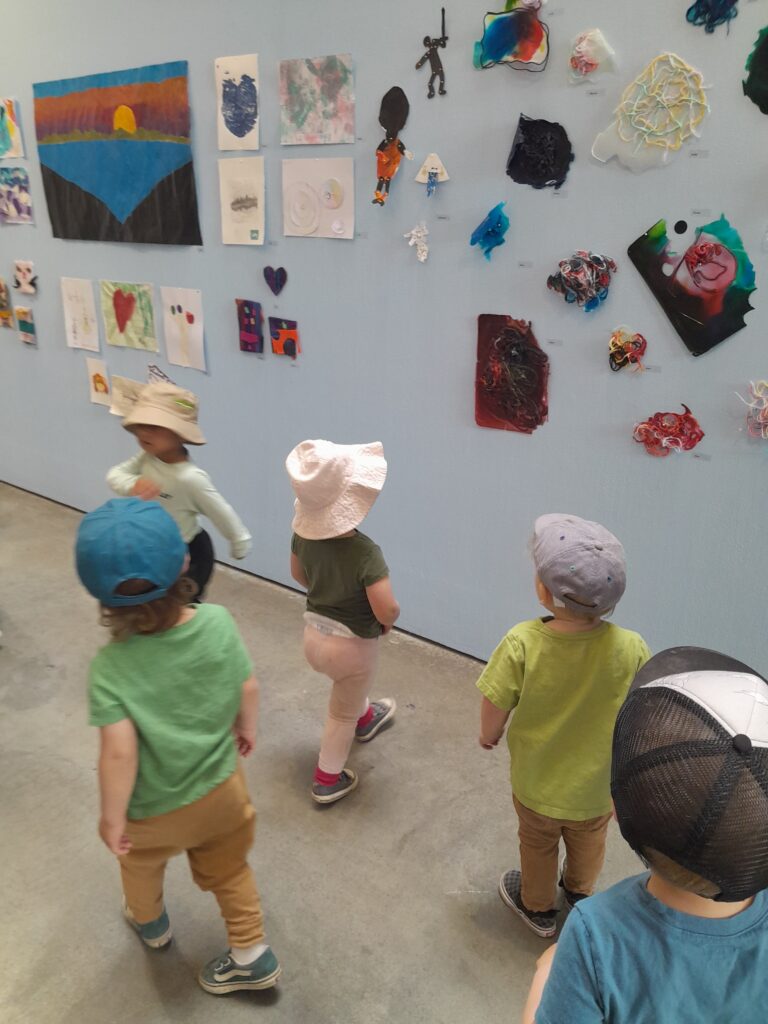
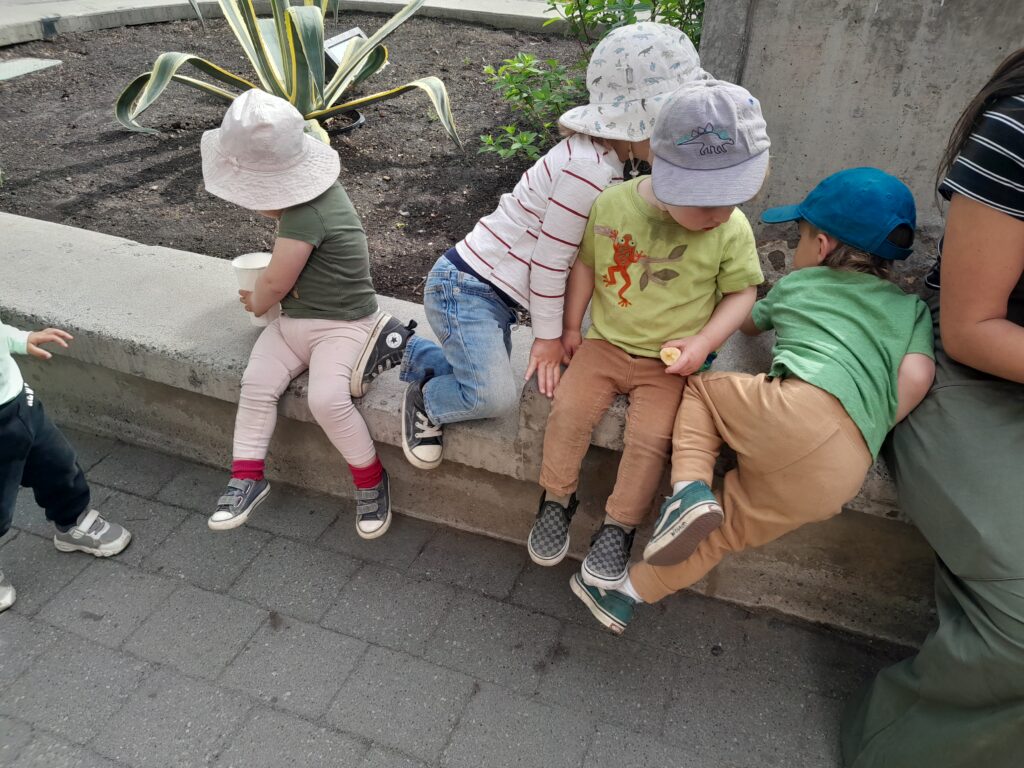
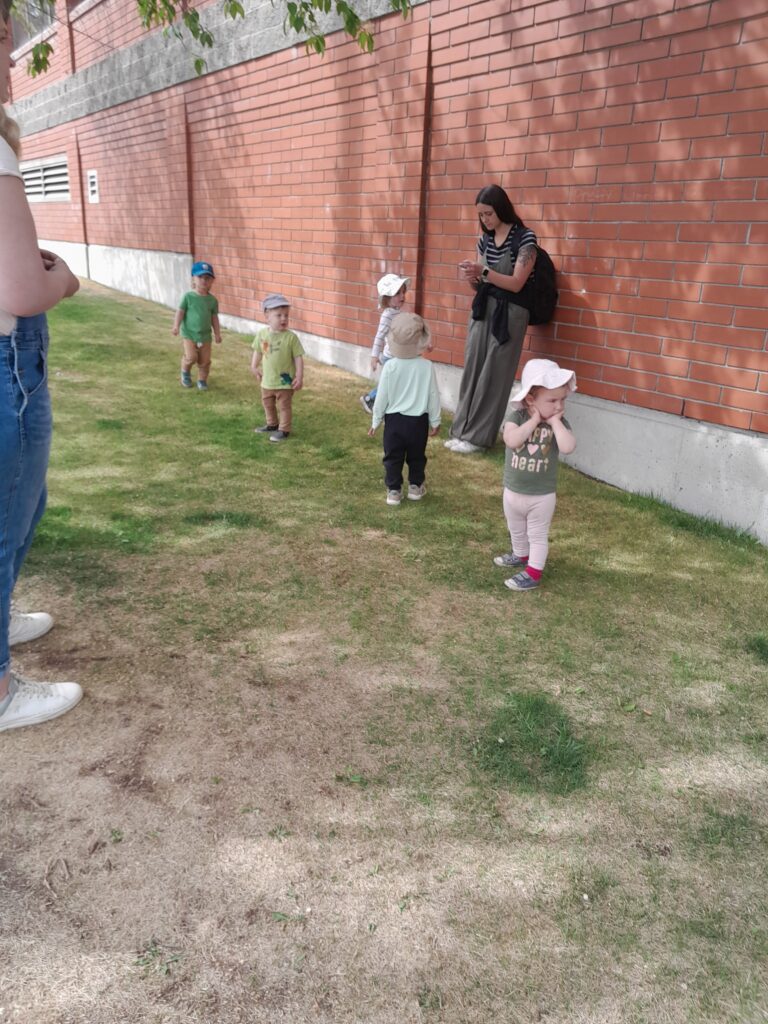
May 16th, 2024
Once more, I constructed paper boats for the children since I’m curious to see how they use them. When I demonstrated to them how paper boats move in the wind and when I blow paper, they were delighted to see how the boats move in the water. However, they were more intent on tearing up the paper in the water and investigating them independently. As the BCELF principle states that Environments are integral to well-being and learning. Environments are described as the third teacher. Although we learn from the people around us, our relationships with other things and physical spaces also have an impact on us. As part of this exercise, I try to demonstrate to them how the same wind that causes the leaves on trees to dance also causes the boats to move through the water.
May 17th, 2024
As it was cloudy outside today, we investigated shadows inside. They were fascinated by the shadows when I showed them the hands that resembled deer and the shadows of leaves using the mobile phone’s flashlight. I had the idea to show them the shadows once more after we walked outdoors after their nap and the weather turned sunny. Thus, show the shadows of books, leaves, and other random objects. Once more, because of the sudden fluctuations in the climate, it would occasionally turn gloomy and occasionally sunny. I had a collaborative dialogue with a child.
Resmi : Did u see the shadow
Where is it gone
Finn : It is from this (mobile)
: No light
: you have to on it.
(When shadow comes)
Finn : When close it becomes bigger
: see
I wondered how young children may pick up on small details right away. When he stated, “When you get closer, it gets bigger, and the shadow comes from the mobile phone’s flashlight,” BCELF principle states learning is holistic. Humans learn through their relationships with others, their surroundings, and their mind, body, and soul. As children interact with people, places, ideas, and materials, the learning takes an unexpected turn. Children learn through expressing ideas, exploring the world, and developing theories.
